The role of architecture is evolving by taking several steps back. It may sound like a paradox, but taking architecture back to basics has become a necessity for human health and happiness.
By now, we are all aware of the facts. The studies that show that there is a 20% increase in productivity after just one hour in nature, how people heal better in hospitals with windows, or the effect of greenery on stress, cognitive function, and mood.
We wake up in buildings. We work, learn and play in them too. We can’t escape them. It is therefore essential that the built environment aims to restore the human-nature connection to help promote healthier lifestyles.
Architects have an ethical responsibility here. It’s the difference to designing buildings that nurture versus buildings that alienate.
Designing healthier buildings means restoring architecture to the way it was done before the convenience of electricity. It means putting the quality of life of inhabitants at the heart of all design decisions and redefining how people interact with a space.
Here’s how it can be addressed:
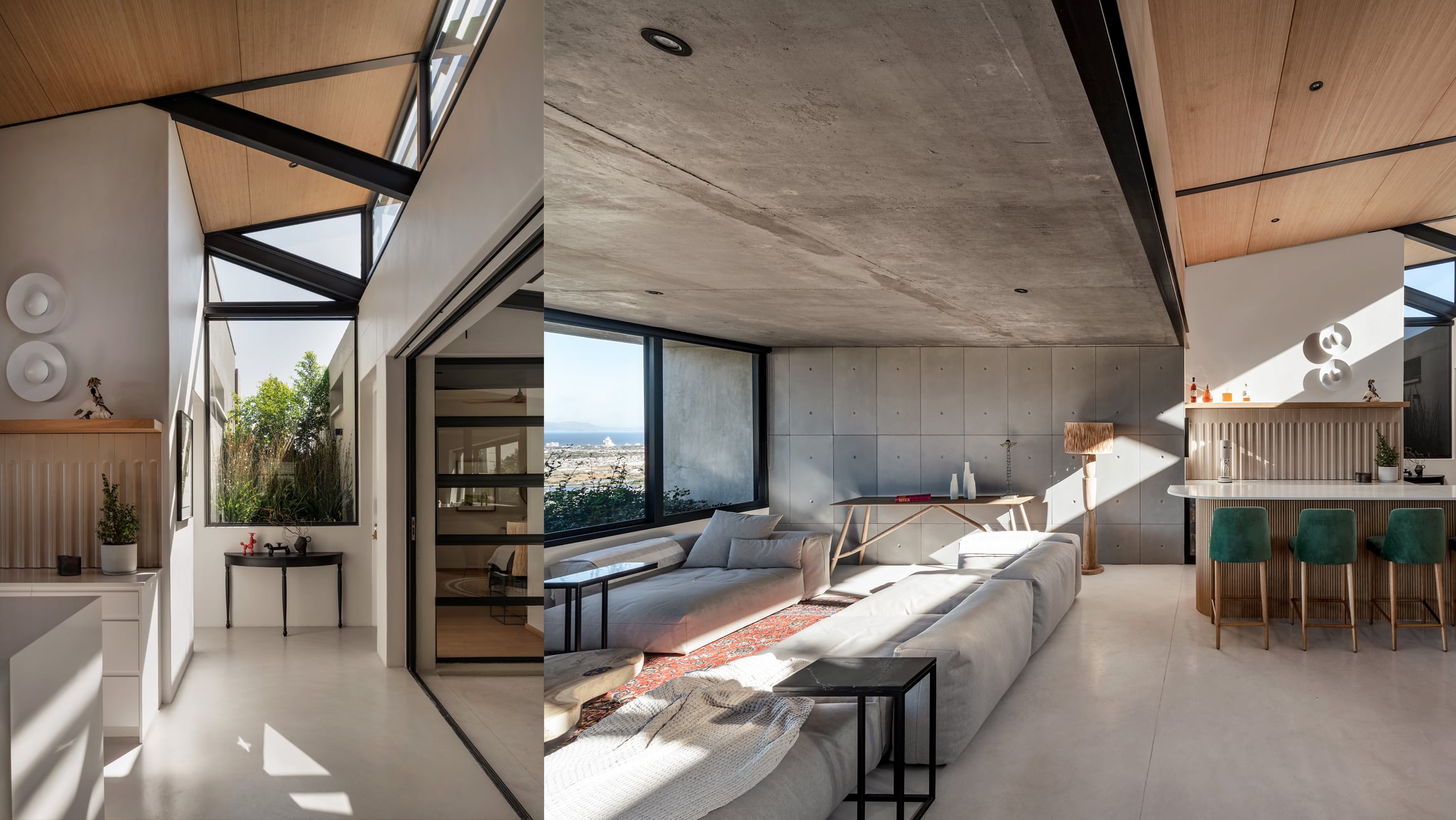
1. Shine the light on natural light and ventilation
Let’s design buildings that breathe and light up naturally.
Natural light can help regulate our circadian rhythms which is essential for improved sleep. And as we all know, sleep is directly linked to our health. Well-lit rooms have also been proven to boost productivity and lift mood.
Our buildings, therefore, need more skylights, courtyards and large windows, especially at the end or in the middle of dark corridors. These not only bring in light but also help to draw in fresh air and expel pollutants, allergens and excessive moisture. When people can see the changing weather outside they feel happier and any disorientation often experienced when disconnected from the natural rhythms of day and night is diminished.
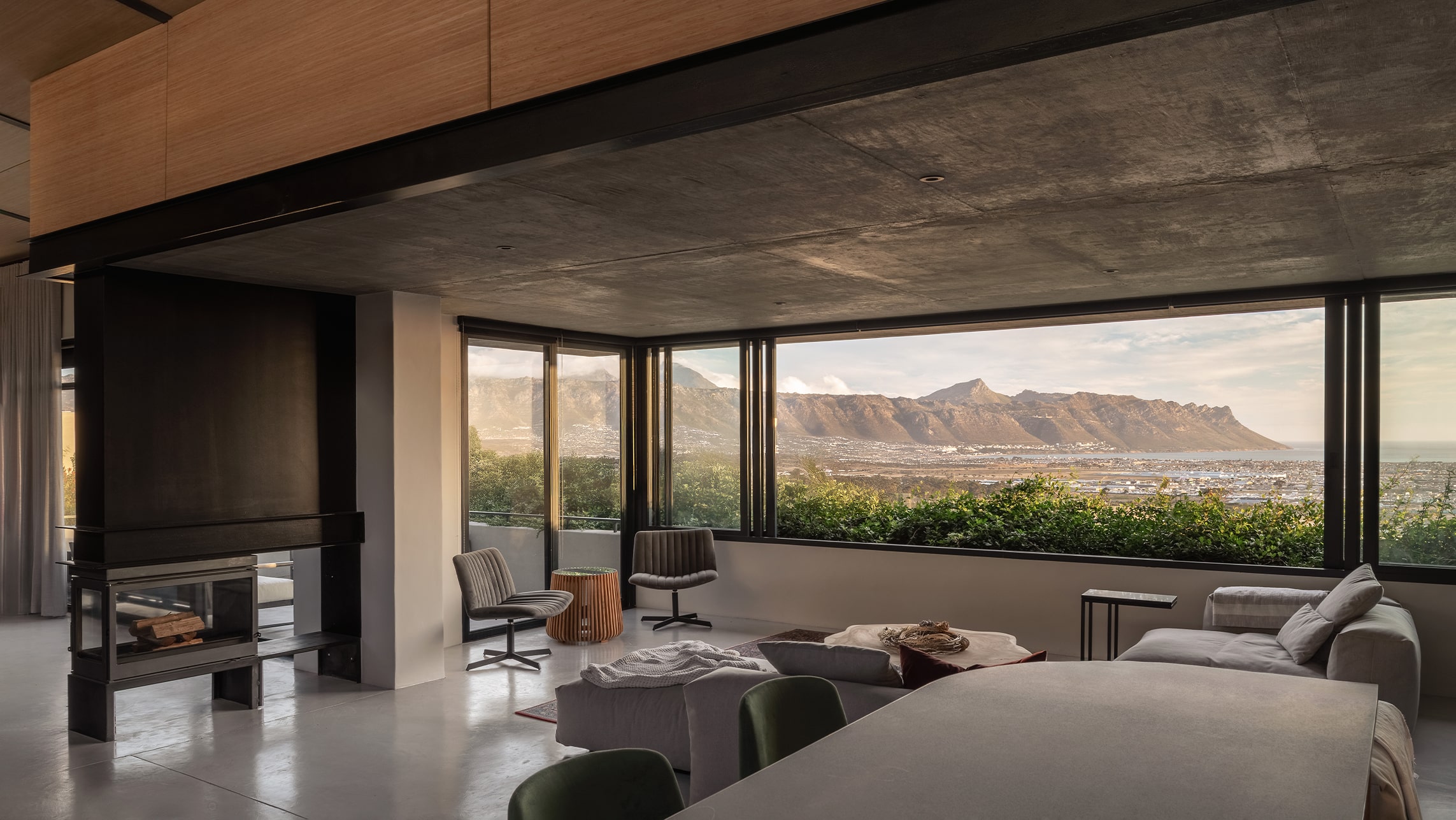
2. Bring nature and natural materials indoors
Let’s rewild architecture.
All homes and buildings cannot always be surrounded by nature but we can bring it back through biophilic design. We can drape our buildings in greenery through living walls and green roofs. We can bring in courtyards with water fountains, trees and plants and prioritise natural light, natural patterns and natural materials.
By bringing in feelings we naturally feel when we are outdoors like safety, wonder and awe, we can reduce stress and create spaces where people feel both grounded and inspired.
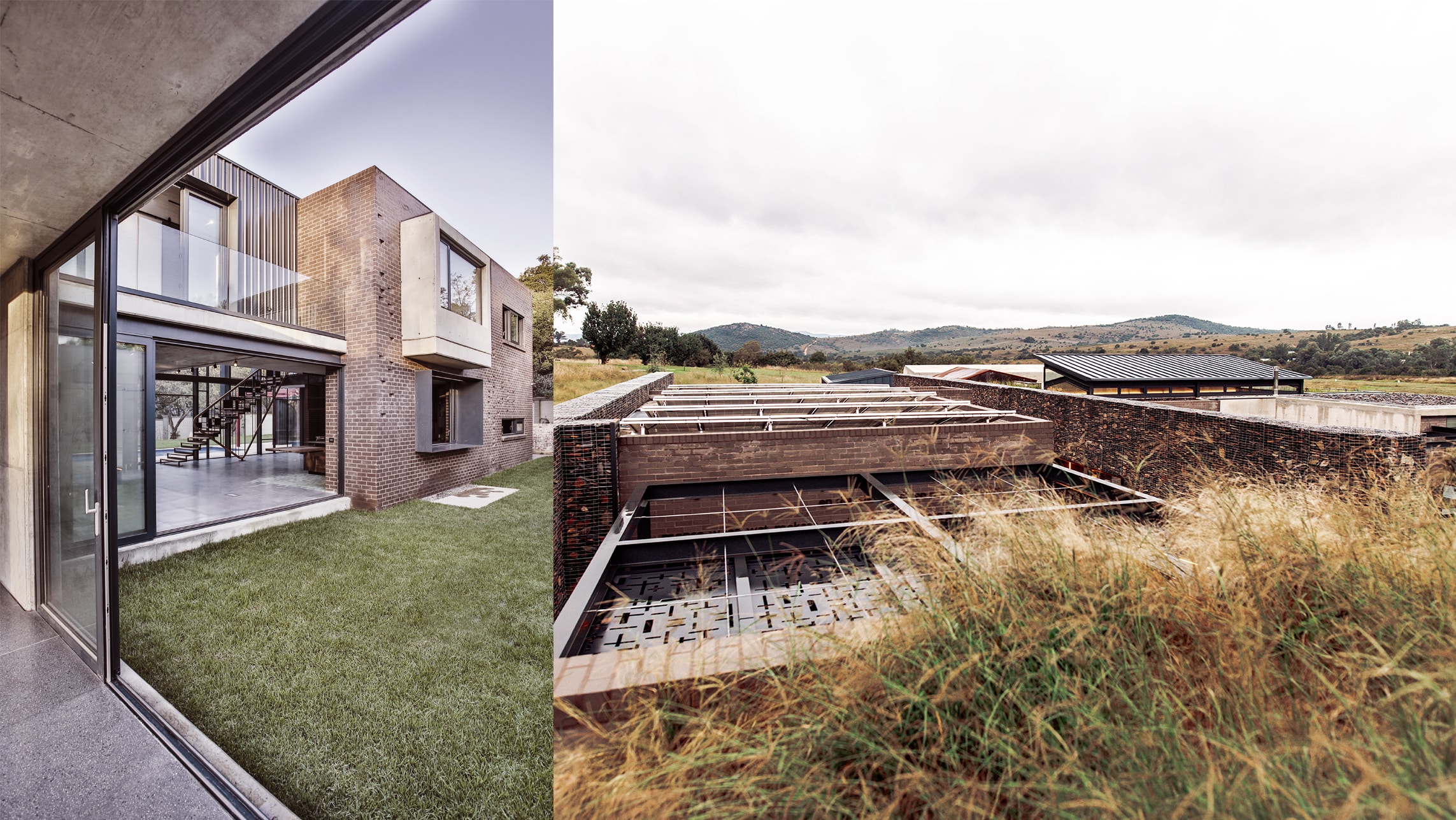
3. Choose sustainable and eco-friendly design
Let’s build buildings that respect people and the planet.
We can better harness the sun’s power for passive design by orientating buildings for warmth in winter and shade in summer. We can choose non-toxic materials to ensure healthier air quality and prevent sick-building syndrome. We can decrease waste and manage resources better by recycling construction materials, harvesting rainwater, and prioritising modular systems.
And we can think long-term impact when we design because it will save energy, reduce costs, and ultimately ensure buildings remain relevant and functional for generations to come.
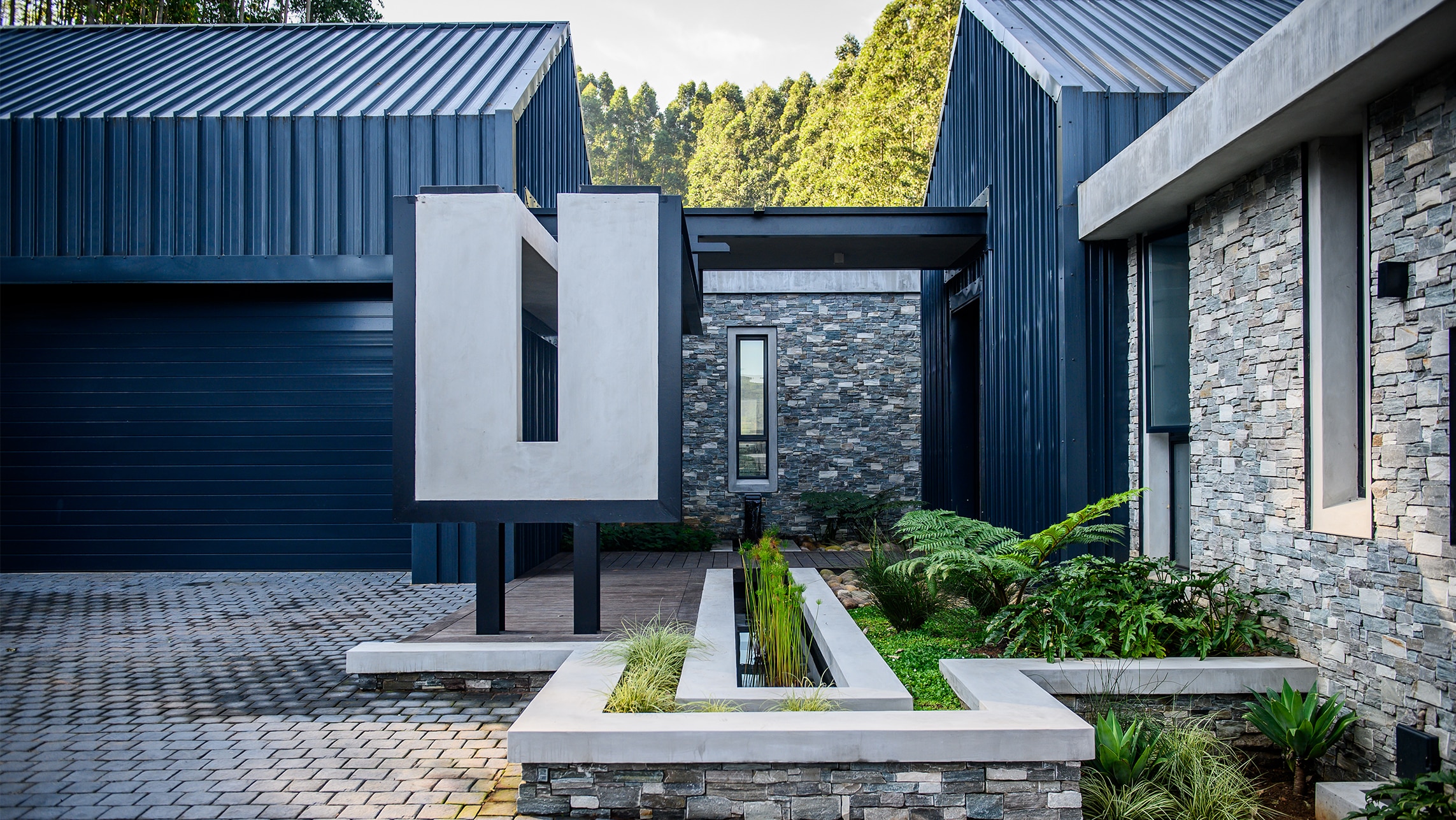
4. Think harder about what mindful, sensitive design means
Let’s listen more before we design!
Designing buildings that nurture isn’t magic. It happens when we put people at the core. We need to design spaces that solve problems in our communities and not create them. We can do this by learning from the needs, preferences, and issues experienced by the people who will use the building. We can also do this by designing with accessibility in mind. Because people are all different. When we take inspiration from nature many human obstacles can (magically) be overcome.
We also need to design with respect for the cultural heritage of people and be mindful of the story an area can tell and work hard towards preserving it.
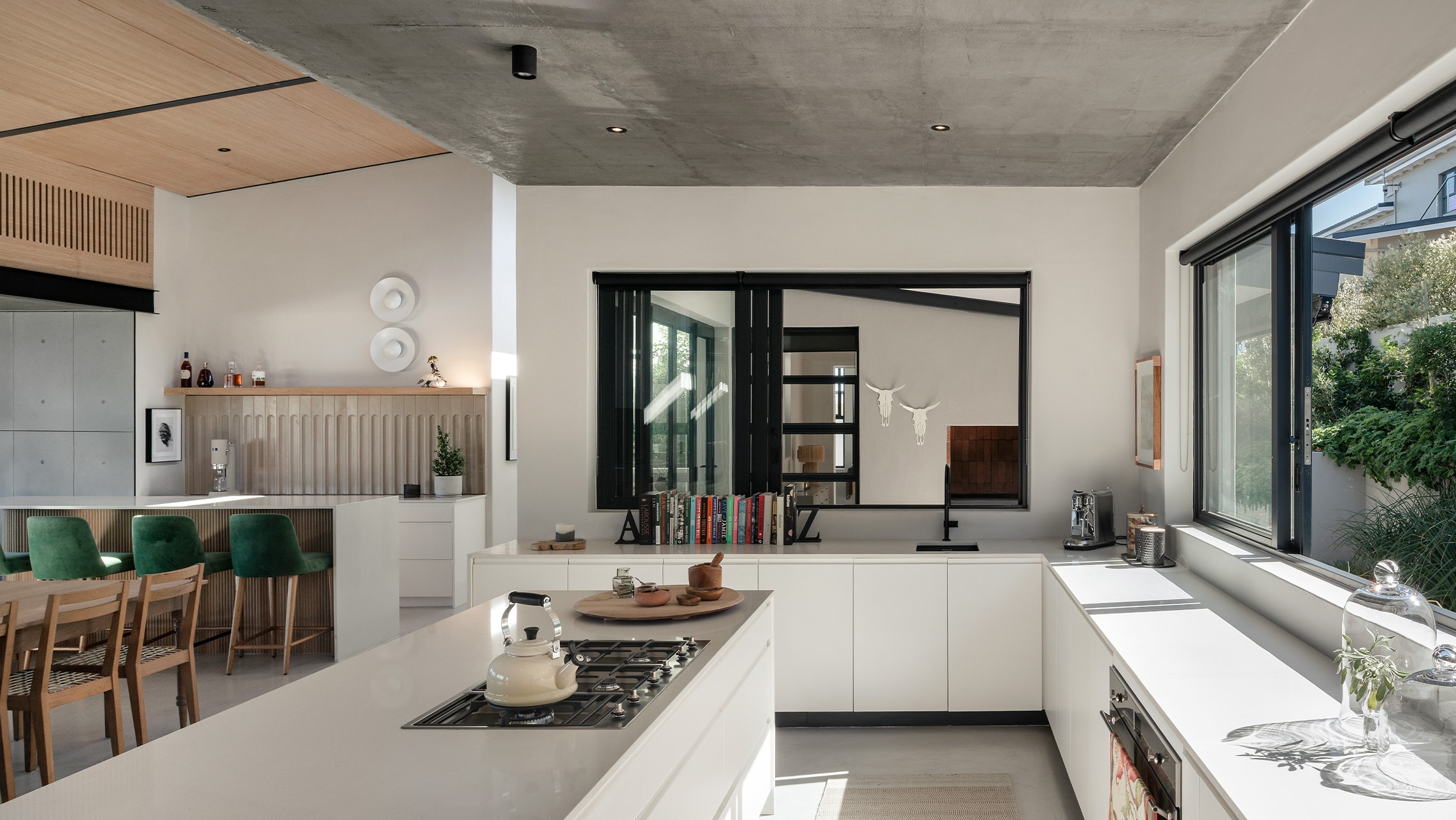
5. Prioritise function over aesthetics
Let’s embrace simplicity in design.
To design ethically and restoratively, naturally means going for “less”. It means looking at spaces differently and bringing in things that will add value to the greater function of the room. Ergonomic layout is important here because it ensures that movement flows easily, energy is not wasted, and every feature of a space serves the people who use it.
When buildings prioritise function over superficial beauty, they not only remain timeless but also become spaces that people enjoy living, working, and healing in.
At Veld Architects, we are all about designing buildings that nurture. We realise, by today’s standards, it complicates things, but truthfully, we don’t really believe there is any other way to design ethically anymore.
But at the end of the day, the real changemakers in the world are the clients that choose function over form, mindfulness over trends and nature over excess. And that’s you!
Join the VELD Lifestyle.
Make your next design a VELD design.
xxx
love
Gill

